Welcome to the NORTHERN HERITAGE Newsletter #5 and thank you for joining our journey of discovery into the heritage of Prince George and Northern BC. This week we are looking at the incredible views that make Prince George so special. Are these scenic resources part of our “heritage”?
Defining a View vs Vista
Firstly, let’s agree on some terms and definitions.
By View we mean what we see when we look from some distance towards important or unique natural resources, structures or landmarks . A view is an aesthetically pleasing landscape or scene comprised of one or more visual features.
A Vista, on the other hand, is a view seen through ‘a long narrow avenue or passage, as between rows of trees or houses’ —- a view with a frame.
A View is a straightforward visual experience whereas a Vista carries extra meaning; it is ‘a comprehensive mental view of a distant time or a lengthy series of events’ (The Free Dictionary) —- a view with history.
What do Views and Vista do?
Views play an important part in shaping our appreciation and understanding of Prince George’s historic environment. Some of those views were deliberately designed to be seen as a unity - for example, vistas created along east-west roads from George Street to the Crescents in the 1920s.
“Much more commonly, a significant view is an historical composite, the cumulative result of a long process of development. The existence of such views, often containing well- known landmarks and cherished landscapes, enriches our daily life, attracts visitors and helps our communities prosper.” (Seeing the History in the View, English Heritage)
As people move through the city, the views to the cutbacks, hills and rivers act as cognitive maps and a reminder of the connection to nature that is so foundational to Prince George’s cultural identity, and part of what attracts people to live, work and visit here. These views, along with views of some important landmark buildings, contribute to a meaningful sense of place that helps set Prince George apart.
But are Views and Vistas “Heritage”?
Very much so! The UNESCO Valletta Principles for the Safeguarding and Management of Historic Cities, Towns and Urban Areas recognizes view lines as important tangible components of historic towns and areas. It confirms that views and vistas don’t have to be of historical sites or places, but can also be of the local environment, both built and natural.
There are formal methodologies and tools for documenting and assessing the Heritage Significance of views and vistas and for ensuring their protection as heritage resources. So we are not suggesting anything radical or without precedent when we say that the visual resources of and around our city are important and are heritage!
We only need to look as close as Vancouver and Portland —- both cities that have invested in documenting and protecting their views or as far as Oxford, Istanbul or Islamabad to get ideas and inspiration about the benefits, communal, financial and emotional, that can come from making a big deal of a place’s scenic resources.
Where are the Views and What are they of?
In October 2009, a day long Context Study Workshop was held to identify what the people of Prince George considered the city’s heritage values to be. Thirty five participants identified and mapped several hundred items, including a number of views. These included view lines:
From Foreman Road west over the Fraser River
From the end of Hofercamp Road east over the Fraser
Of the city from Connaught Hill Park
Of the confluence from Cottonwood Island
Of Cranbrook Hill from the city and from Cranbrook Hill to the city
Of cutbacks from South Fort George
Of the Nechako at Lheidli T’enneh Park
Of the Rockies from Tyner Boulevard
These are roughly mapped on a GoogleEarth map below as view-cones.
I admit that I am a newcomer to Prince George, and that there are large areas I am unfamiliar with, but I’m sure that there are many more views and vistas that have meaning for this community….
Particularly the smaller scale but important vistas in the heart of the city.
Vista eastward along Dominion Avenue of downtown, the railway and the cutbanks
The designed architectural vista leading to the Conference and Civic Center
And some vistas with specific historical or other associations for members of the community?
What are the Benefits of Views and Vistas?
Vistas and Views, looking in and looking out, create a sort of cultural envelope around a city. They form part of the “mental maps” that people make of their urban environment to make sense of their environment and to move around in it with ease. In some flat cities these views are of built features like skyscrapers, radio towers, spires and minarets. In Prince George the views are integrated with our natural surroundings, the rivers and the visible limits of the “bowl” and enclosing hills and mountains beyond.
The visual environment helps us navigate around the city, provides us with reassuring points of reference and flashes of beauty as we go through our day. In Newsletter #3 I mentioned Views and Vistas and how they “bring home to us, in a dramatic fashion, how we are embedded in a place where generations from multiple cultures have lived before us.”
If we made more of a fuss about vistas of historical and cultural places in the city’s Downtown would it help improve our “mental maps” of the area and remind us of how central the it was to making Prince George?
Photo: City of Prince George
Threats
Views and vistas are fragile heritage — all it takes is a too-tall building inappropriately constructed between viewer and view to fracture the view line and rob the view of its value. It happens all the time — even in UNESCO World Heritage properties!
Menara UMNO skyscraper spoiling the vista down a street of heritage shop houses, Penang, Malaysia
Urban infrastructure and inappropriate buildings ruining the view of a temple, Khatmandu, Nepal
Views and Vistas need legal protection within the urban planning process to prevent this kind of thing happening.
But the first step is documentation — we need to work as a community to identify, document and map in detail all the views and vistas that we value as heritage. As I said in Newsletter #3 “Do you agree? Do these marvelous view lines need to be mapped, protected and shared?”
Wise Words on Heritage
“Nothing is experienced by itself, but always in relation to its surroundings, the sequence of events leading up to it, the memory of past experiences.” Kevin Lynch The Image of the City.
A book well worth reading if you are fascinated by how cities work and how people perceive and negotiate urban spaces.
Coming in the Next Newsletter
Next week my plan (at the moment) is to write about the administrative process by which heritage is identified and protected in Prince George. It may not sound scintillating but without it the future for heritage is very dim. You have to understand the system before you can make it work for you!

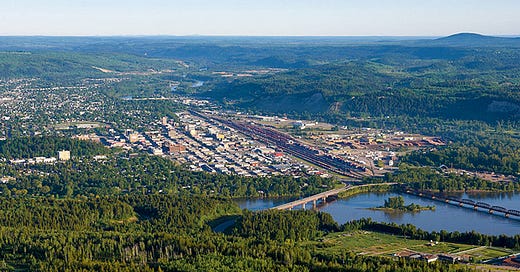



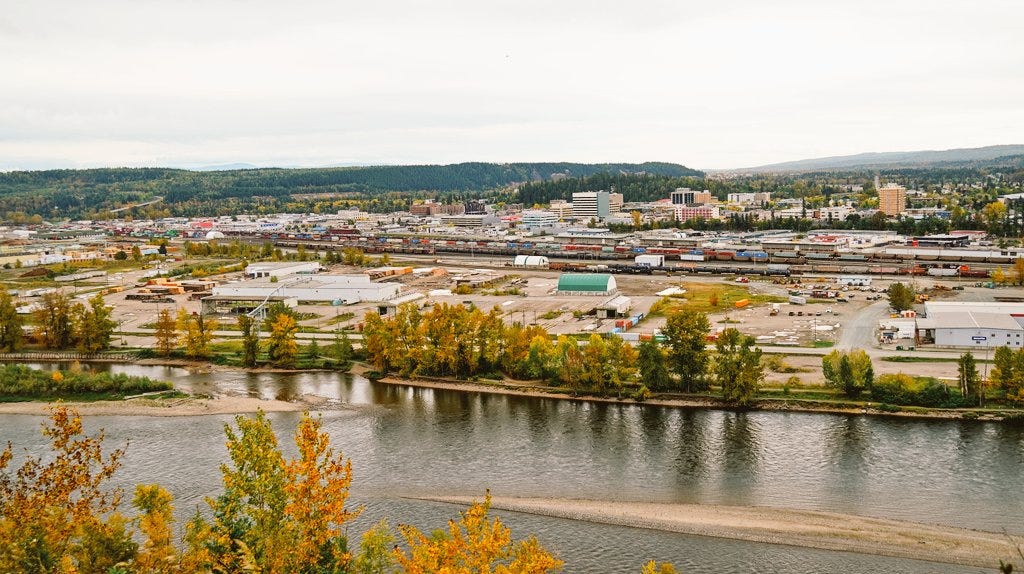
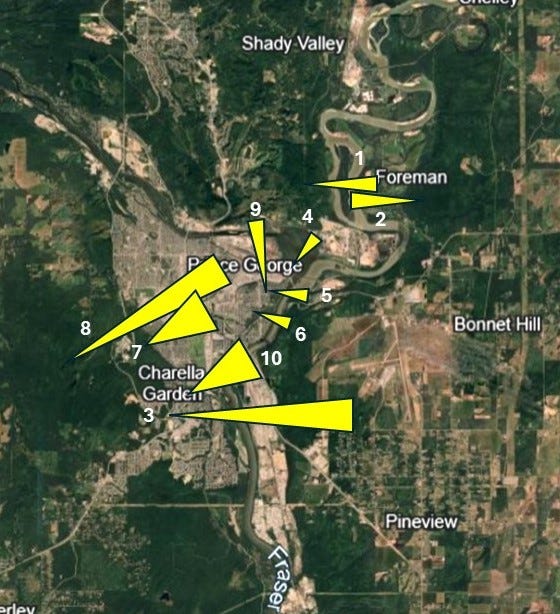
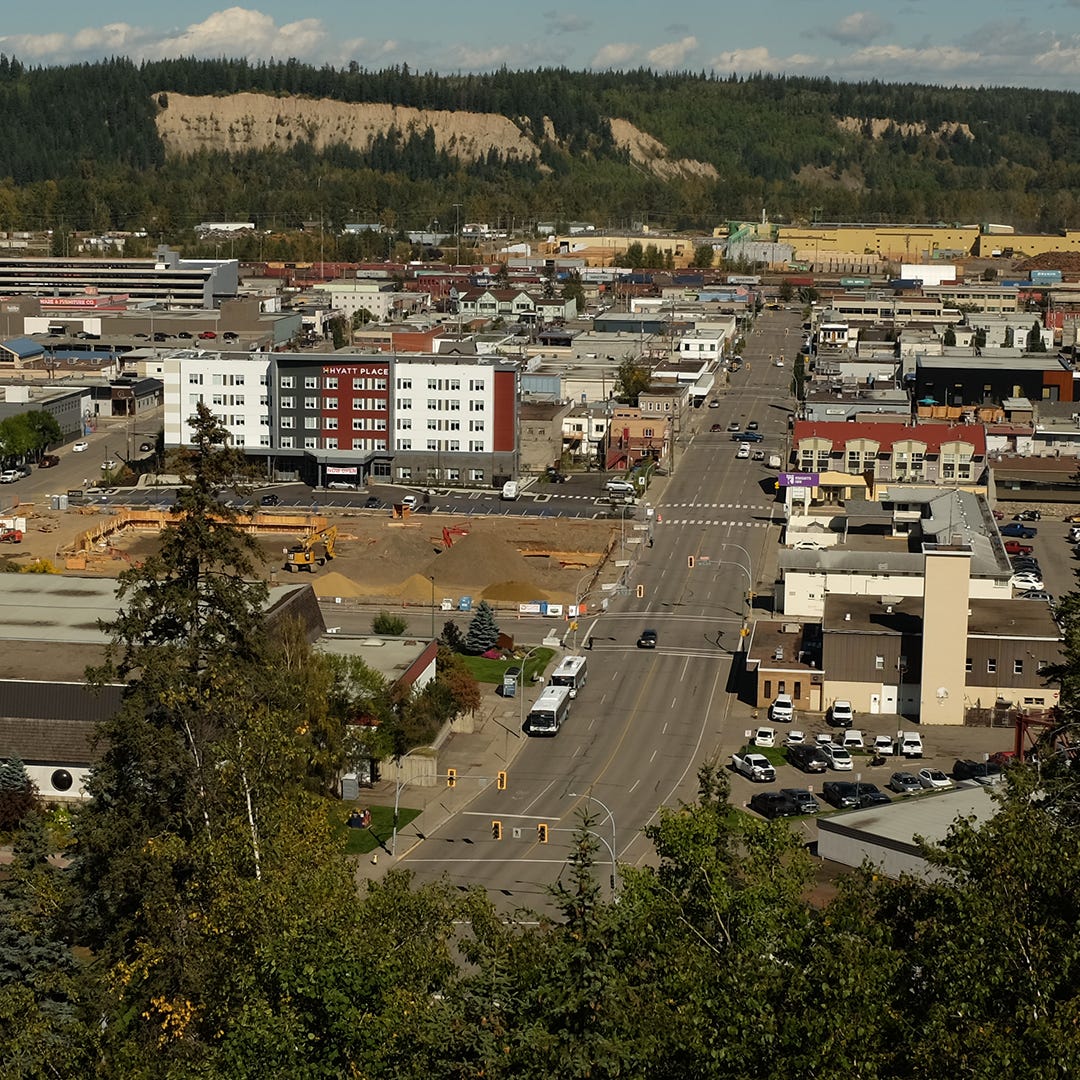
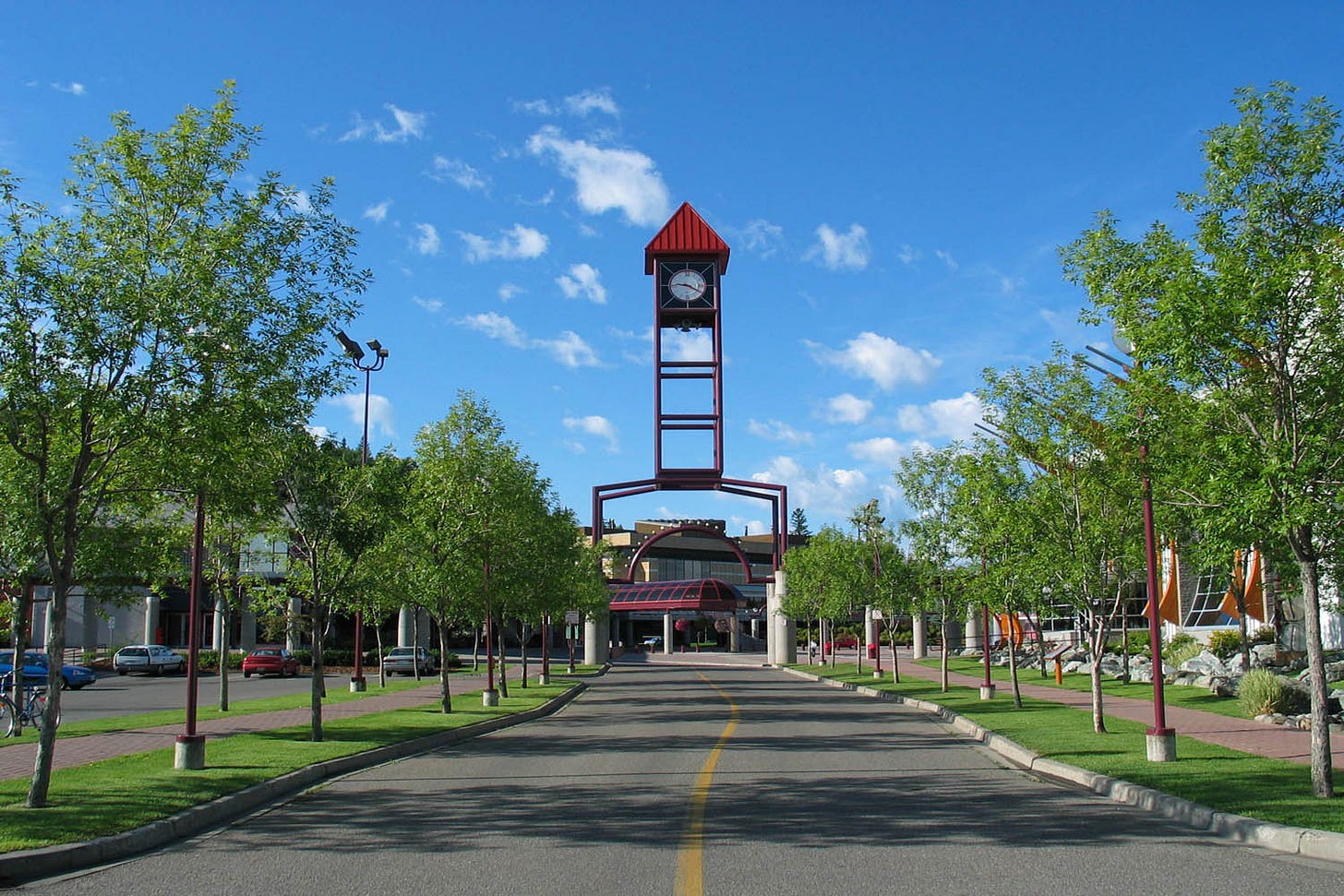
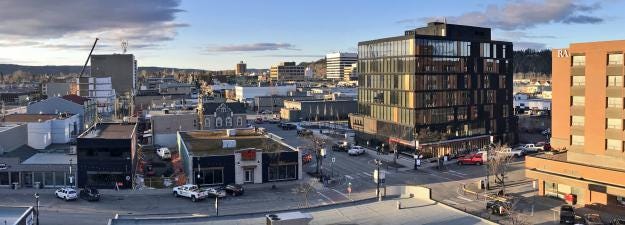
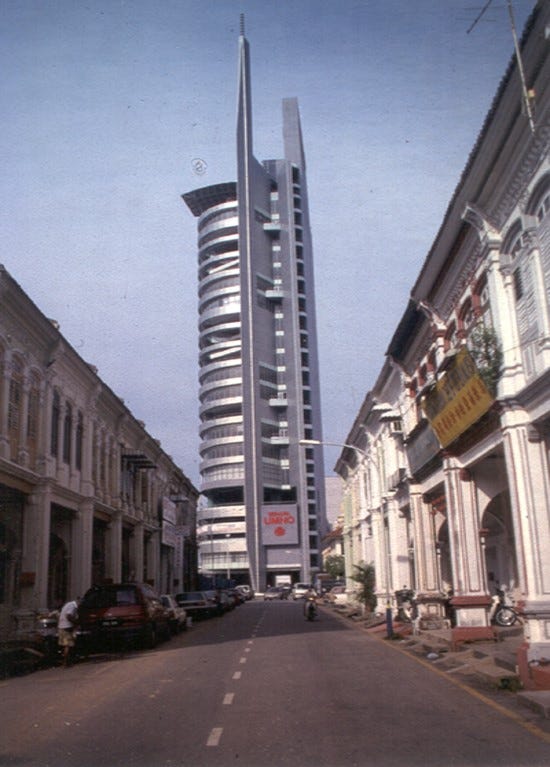
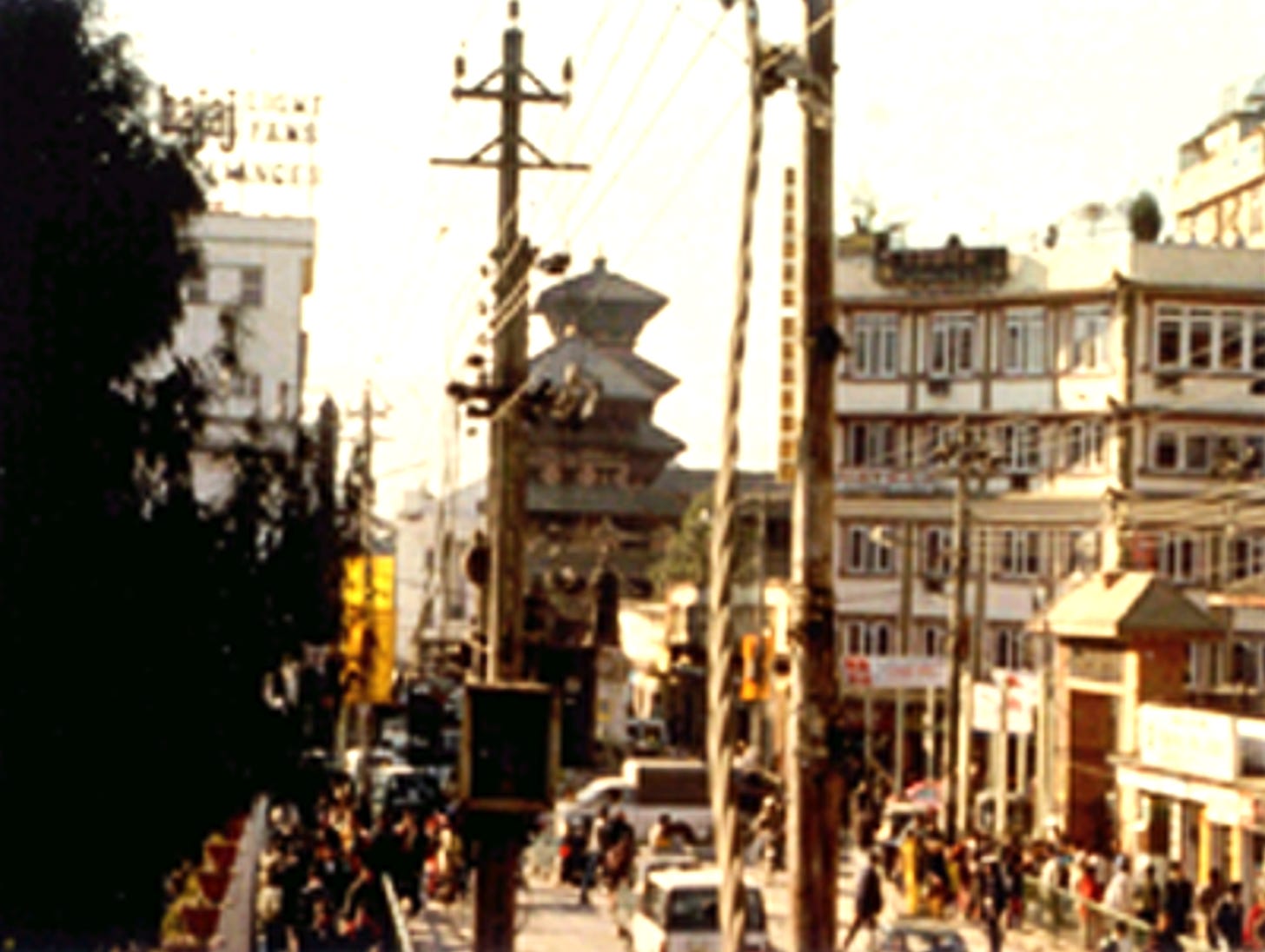
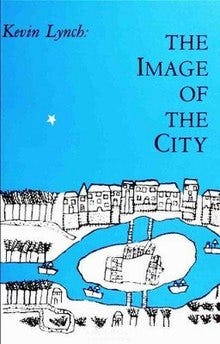
100% this is part of what the Ginter's Green Forever community group is all about. The Urban Containment Boundary in the new OCP has planned for the whole escarpment to be levelled as "Future Growth Priority". Please feel free to share this project in our facebook group.
Also the Public Hearing on the OCP is March 19th @ 7pm; City Hall, 2nd Floor
And Ginter's Green Forever is planning a community meeting for anyone who'd like to plan or chat about it ahead of time, join up with us on March 9th @ 2pm, Q3, 1299 3rd Ave.
#gintersgreenforever #ShowYourGreen #cityofpg
Fascinating, and an aspect of heritage I've not thought enough about. Thank you for sharing it